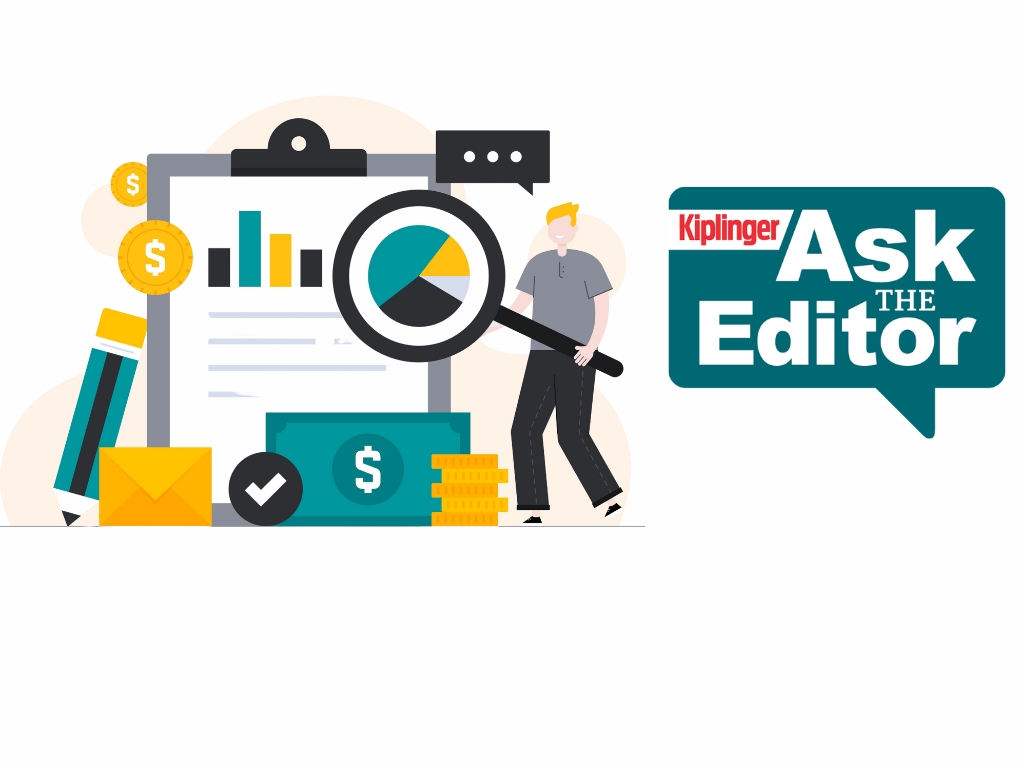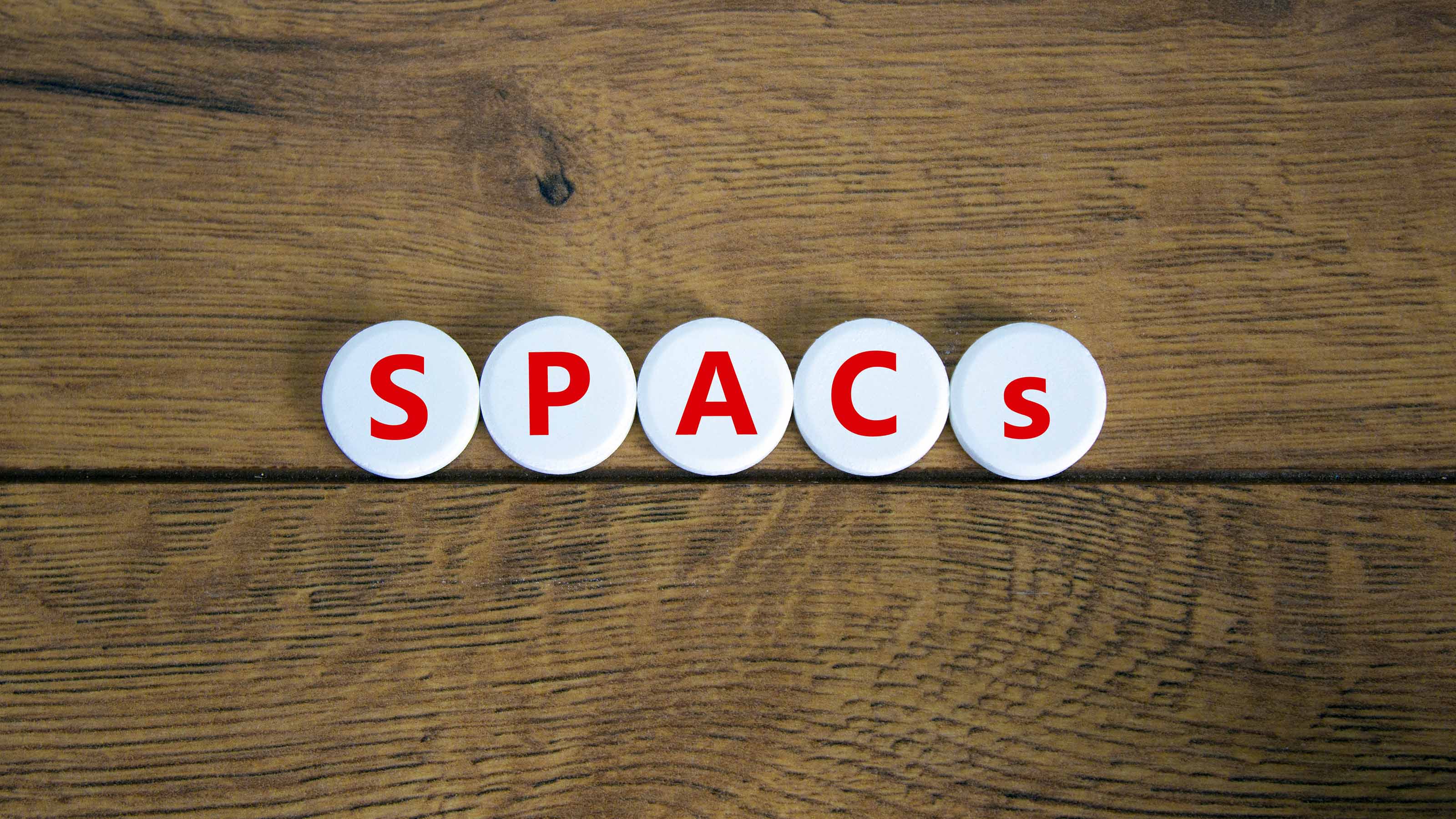Making Real-Life Financial Decisions
Children become a lot more frugal when it's their money on the line and not their parents -- even if the cash is just pretend.

One of the things parents should know about kids and money is that children will spend unlimited amounts of the green stuff as long as it's yours. But when their dough is on the line, they gain a whole new perspective -- even when the cash is just pretend.
For example, I recently had the pleasure of observing a group of eighth-graders make real-life financial decisions in a classroom setting. The students, from Rocky Run Middle School in Chantilly, Va., were visiting Finance Park, a computer-equipped mobile classroom.
Sponsored by Capital One and Junior Achievement, Finance Park uses a curriculum developed by JA. Each student is given a real-life scenario that includes a job with a monthly salary and a family situation (married with two kids, for instance). Then they have to buy a house and a car, budget for phone service, entertainment and other expenses, give to charity and save money ("Where am I supposed to get savings from?" wailed one student.)
From just $107.88 $24.99 for Kiplinger Personal Finance
Become a smarter, better informed investor. Subscribe from just $107.88 $24.99, plus get up to 4 Special Issues

Sign up for Kiplinger’s Free Newsletters
Profit and prosper with the best of expert advice on investing, taxes, retirement, personal finance and more - straight to your e-mail.
Profit and prosper with the best of expert advice - straight to your e-mail.
At first, the kids tended to choose the biggest houses and the fanciest cars from those available. But when they couldn't afford the mortgage -- or fit a spouse and two children in the sports car -- they had to cut back.
When a student named Victor balked at contributing to charity, an adult volunteer explained that even a small amount can make a big difference. Victor relented and gave $20 -- to Junior Achievement.
One young "dad" bought a $50 football ticket but ditched his "son" to save money. Asked if that was a bit harsh, the student was unrepentant: "I already passed up a $60 concert ticket, and I want to go to the game."
The students got plenty of pointers from adult mentors -- "Don't just make the minimum payment on your credit card, or you'll be paying for the rest of your life" -- and picked up lots of lessons on their own. "I was surprised by how much cars and groceries cost," said a boy named Kevin. "But it was fun to be an adult and balance my budget." He ended up with a $155 surplus (which he put into savings).
Before visiting Finance Park, the students got 24 hours of classroom instruction. "Now they understand what their parents mean when they say they can't afford something," said their teacher, Janell Finley. "They used to think their parents just didn't want them to have it. Now they know better."
And as a bonus, they know how important it is to get an education so they can have a career that will support themselves and their future families.
Profit and prosper with the best of Kiplinger's advice on investing, taxes, retirement, personal finance and much more. Delivered daily. Enter your email in the box and click Sign Me Up.

Janet Bodnar is editor-at-large of Kiplinger's Personal Finance, a position she assumed after retiring as editor of the magazine after eight years at the helm. She is a nationally recognized expert on the subjects of women and money, children's and family finances, and financial literacy. She is the author of two books, Money Smart Women and Raising Money Smart Kids. As editor-at-large, she writes two popular columns for Kiplinger, "Money Smart Women" and "Living in Retirement." Bodnar is a graduate of St. Bonaventure University and is a member of its Board of Trustees. She received her master's degree from Columbia University, where she was also a Knight-Bagehot Fellow in Business and Economics Journalism.
-
 Ask the Editor: How to Get Ready for Tax Filing Season
Ask the Editor: How to Get Ready for Tax Filing SeasonAsk the Editor In this week's Ask the Editor Q&A, Joy Taylor answers questions on the IRS tax filing season and your 2025 tax return
-
 4 Simple 2026 Money Targets to Aim For (And How to Hit Them)
4 Simple 2026 Money Targets to Aim For (And How to Hit Them)While January is the perfect time to strengthen your financial well-being, you're more likely to succeed if you set realistic goals and work with a partner.
-
 Everyone Needs an Estate Plan (Seriously, Even You)
Everyone Needs an Estate Plan (Seriously, Even You)If you've acquired assets over time, even just a home and some savings, you have an estate. That means you need a plan for that estate for your beneficiaries.
-
 How to Spend $1,000: Find Cheap (or Free) Online Courses to Build Career Skills
How to Spend $1,000: Find Cheap (or Free) Online Courses to Build Career SkillsSmart Buying There's a huge array of skill-building online courses that can level up your career for under $1,000.
-
 How to Invest $1,000: Loan to Kiva
How to Invest $1,000: Loan to KivaSmart Buying What could be better than donating to a good cause? Making that donation a loan and recycling it, re-investing after each repayment.
-
 How to Invest $1,000: Open a Robo-Adviser Account
How to Invest $1,000: Open a Robo-Adviser AccountSmart Buying It's easier than ever to access low-cost, automated investing advice through a robo-adviser.
-
 How to Invest $1,000: Buy Small-Cap Stocks
How to Invest $1,000: Buy Small-Cap StocksSmart Buying Shares of smaller firms have been beaten down in this market slump. But history shows they can still outperform over time.
-
 How to Invest $1,000: Buy Fractional Shares (of Great Companies)
How to Invest $1,000: Buy Fractional Shares (of Great Companies)Smart Buying If a single share of a pricey stock seems out of reach, programs from Schwab, Fidelity and Robinhood can get you access to just a slice.
-
 PODCAST: Is a Recession Coming?
PODCAST: Is a Recession Coming?Smart Buying With a lot of recession talk out there, we might just talk ourselves into one. We take that risk with Jim Patterson of The Kiplinger Letter. Also, dollar stores: deal or no deal?
-
 Winning With SPACs Is a Long Shot
Winning With SPACs Is a Long ShotBecoming an Investor With SPACs, you're betting on companies with short track records and uncertain futures – and relying on someone else to find them.
-
 7 Steps to Teach Kids How to Invest
7 Steps to Teach Kids How to Investinvesting Not even half of U.S. states offer financial literacy classes in high schools, so parents have to pick up the slack. Here are 7 tips to teach investing for kids.